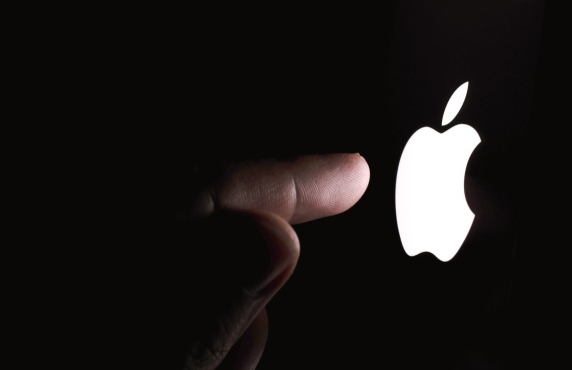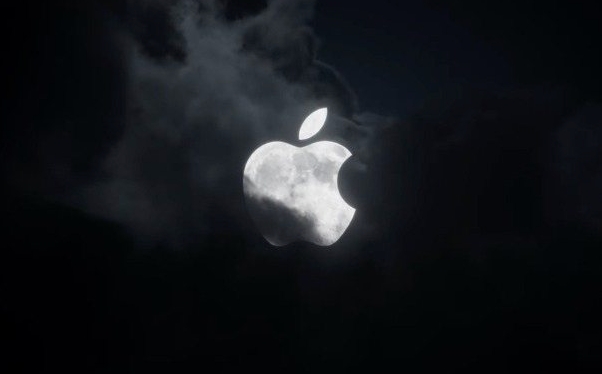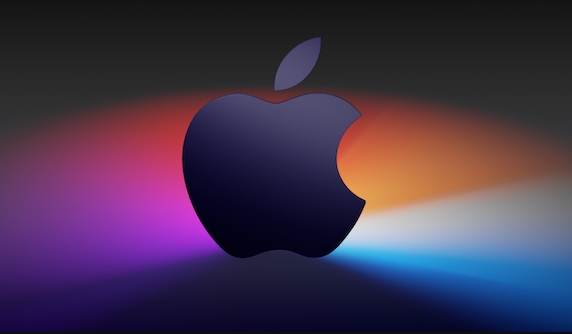How to pair Magic Keyboard with Mac
The steps to connect Magic Keyboard to Mac are as follows: 1. Make sure the keyboard is powered and turn on Mac Bluetooth; 2. Enter the keyboard into pairing mode, press and hold the power key until the indicator light flashes; 3. Select Magic Keyboard in the Bluetooth menu of Mac to connect. If prompted to enter the pairing code, enter 0000 or 1234; 4. If the connection fails, try restarting Bluetooth or Mac, approaching the device, deleting existing records and then re-pairing. The key point is to ensure adequate power, enter pairing mode correctly, and avoid conflicts with other devices.

Magic Keyboard connects to a Mac with Bluetooth. It is actually quite simple. It can be done in just a few steps. The key is not to miss some small details.

Make sure both battery and Bluetooth are normal
First, make sure that the Magic Keyboard has electricity, but it cannot be connected if it is out of power. You can check whether the indicator light on the Lightning interface on the side of the keyboard is on, or observe during pairing. Then turn on the Bluetooth function of your Mac: Click the Bluetooth icon in the menu bar to make sure the status is "Opened". If there is no Bluetooth icon, it can be turned on in System Settings - Bluetooth.
Enter pairing mode
Turn the Magic Keyboard switch to "ON", then press and hold the power key (that is, the switch) on the keyboard for about two seconds until the green light starts to flash, which means you have entered pairing mode. Note that not all models have lights, some are just vibration or sound feedback.

Adding devices on your Mac
At this time, go back to your Mac, click on the Bluetooth menu, find the Magic Keyboard in the list, and click "Connect". If you can't find it, you can try refreshing it or getting closer. The first connection may be completed automatically, and then remember the device and can be automatically reconnected after being disconnected.
Sometimes the Mac may prompt "Pairing code is required", and then enter 0000 or 1234 and you can basically pass.

What if you can't connect?
- Restart Bluetooth and even restart your Mac
- Put Magic Keyboard close to your Mac, don't be too far away
- Check if another device (such as iPad or iPhone) has been connected
- Delete the device and reconnect: select Magic Keyboard in Bluetooth settings, click "Remove", and then re-pair it again
Basically, these operations are not complicated, but some steps are easy to skip, especially in the pairing mode step, many people tend to ignore the need to press and hold the power button for a long time.
The above is the detailed content of How to pair Magic Keyboard with Mac. For more information, please follow other related articles on the PHP Chinese website!

Hot AI Tools

Undress AI Tool
Undress images for free

Undresser.AI Undress
AI-powered app for creating realistic nude photos

AI Clothes Remover
Online AI tool for removing clothes from photos.

Clothoff.io
AI clothes remover

Video Face Swap
Swap faces in any video effortlessly with our completely free AI face swap tool!

Hot Article

Hot Tools

Notepad++7.3.1
Easy-to-use and free code editor

SublimeText3 Chinese version
Chinese version, very easy to use

Zend Studio 13.0.1
Powerful PHP integrated development environment

Dreamweaver CS6
Visual web development tools

SublimeText3 Mac version
God-level code editing software (SublimeText3)
 How to share my Mac's screen
Jul 14, 2025 am 01:18 AM
How to share my Mac's screen
Jul 14, 2025 am 01:18 AM
To share your Mac screen with others, you can choose the appropriate method according to different scenarios. First, through video conferencing tools such as Zoom, click the "Share" button to select the screen or a specific window for sharing; second, use Messages or FaceTime to initiate a screen sharing session, click the " " to select "Screen Sharing" and invite the other party to view or control it; third, use the "Screen Sharing" App that comes with the system to enable this function on the target Mac and connect to the server address through Finder to achieve remote access; in addition, you need to pay attention to details such as permission settings, privacy protection and network performance impact.
 How to check for dead pixels on Mac screen
Jul 20, 2025 am 02:45 AM
How to check for dead pixels on Mac screen
Jul 20, 2025 am 02:45 AM
To check for bad Mac screens, you can use the monitor to test the website, macOS-owned features, or third-party applications. ① Visit deadpixeltest.org and other websites to display solid color images such as red, green, and blue in full screen, and observe whether there are fixed black spots or color spots in dark light environments; ② Create solid color full-screen images through the "Preview" App and enlarge to view details, or zoom to check suspicious areas after screenshots; ③ Install PixelTester, LCDInspector and other tools for more systematic detection, supporting custom pattern and brightness simulation; ④ Pay attention to distinguishing bad points from dust or stuck pixels, the latter may be restored through repair tools. After confirming that it is a bad point, you should contact Apple's official after-sales service in time.
 How to Control Fan Speed on Apple Silicon Mac & MacBook Pro
Jul 17, 2025 am 09:05 AM
How to Control Fan Speed on Apple Silicon Mac & MacBook Pro
Jul 17, 2025 am 09:05 AM
Although MacOS takes care of cooling fan management automatically, there are specific scenarios where its approach may not be the most effective. Experienced users may find it useful to manually adjust the fan speed on their Apple Silicon Mac, especi
 How to type special characters on a Mac
Jul 21, 2025 am 01:11 AM
How to type special characters on a Mac
Jul 21, 2025 am 01:11 AM
Thereareseveralbuilt-inmethodstotypespecialcharactersonaMac.1.UsekeyboardshortcutswiththeOptionorShiftkeyforcommonsymbols,suchasOption ethenspacebarforanacuteaccent(´),orOption gforthecopyrightsymbol©.2.Pressandholdaletterkeytoaccessaccentedvariantsl
 What is Spotlight search on Mac
Jul 15, 2025 am 12:08 AM
What is Spotlight search on Mac
Jul 15, 2025 am 12:08 AM
Spotlight Search is a quick lookup tool on your Mac, open via the Command(⌘) space bar, trackpad gesture, or clicking on the magnifying glass icon. It supports searching files, applications, emails, weather, calculations, etc., and can improve search efficiency by adding qualifiers. To adjust search results, you can modify the options for the Search Results and Privacy tabs in your system settings. If there is a problem with Spotlight, try rebuilding the index: add and delete the main disk in the Privacy tab. Mastering these tips can significantly improve the efficiency of your Mac using everyday.
 What is Unified Memory on M1/M2/M3 Macs?
Jul 14, 2025 am 12:55 AM
What is Unified Memory on M1/M2/M3 Macs?
Jul 14, 2025 am 12:55 AM
UnifiedMemoryinApple’sM-seriesMacsimprovesperformanceandefficiencybyusingasinglememorypoolsharedacrosstheCPU,GPU,andothercomponents.1)UnliketraditionalPCswithseparateRAMandVRAM,UnifiedMemorydynamicallyallocatesmemorywhereneeded,reducingdatacopyingand
 How to show the path bar in Finder
Jul 15, 2025 am 12:07 AM
How to show the path bar in Finder
Jul 15, 2025 am 12:07 AM
To open the macOSFinder path bar, click the "View" menu and select "Show path bar". The path bar is located at the bottom of the window, showing the hierarchical path from the current location to the root directory, which is different from the status bar that displays the number and size of files. Use the shortcut key Shift Command P to quickly switch the path bar. If the path bar is not obvious in dark mode, you can switch to light mode or hover over it to enhance contrast. There is usually no need to adjust repeatedly after setting it once, unless the system environment is changed or when performing a demonstration.
 How to set an alarm or timer on Mac
Jul 14, 2025 am 12:37 AM
How to set an alarm or timer on Mac
Jul 14, 2025 am 12:37 AM
There are three ways to set an alarm or timer on a Mac: one is to create event reminders using the calendar application, the other is to create a timer for timed sound playback with Automator and terminal commands, and the third is to obtain richer functional support through third-party applications such as TimerTab, Alarmy, and Timeless. Users can choose the most suitable solution according to their needs.







